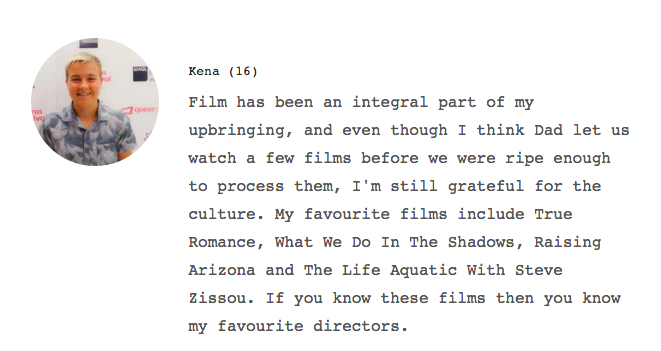Often with serious or solemn plotlines, films use humour to lighten the weight of the topic. One such film is The Other Side of Hope from Director Aki Kaurismäki. The Other Side of Hope according to Google is about “A poker-playing restaurateur and former travelling salesman [who] befriends a group of refugees that has recently arrived in Finland.”, which is solid enough, but I’d describe it more as; ‘a Syrian refugee’s journey to find a job and some acceptance in the gloomy Finnish capital, as he fervently defends his integrity and continues the struggle to locate his sister.’ Plus, there’s a dog, which is always a bonus…
This film starts off with Syrian refugee Khaled who came to be in Helsingfors (Helsinki) after falling asleep in a coal cargo boat from Lithuania struggling to start his new life. Its framing, shots and production are very solemn, respectful and encompassing of that endeavour, but humour smooths the rough edges of its sensitive topic. It fulfils the entertainment side, but also to retains the issue’s integrity in a way I struggle to describe. The Other Side of Hope is a funny film – the whole audience cackled in unison within the lavish interior of the Hayden Orpheum on multiple occasions. Serious moments in the film outweigh the funny ones, but it’s the funny ones people remember, and I think that’s notable.
In regards to its humour, I think the film showcases that primarily through its acting – it’s blank, bland, straight, rigid and unemotional, but paradoxically far from boring. You’d think that a film devoid of almost all emotion would be a waste, but in this case, that’s far from it! The blandness of the acting and the bluntness of statements in the film (opening with the divorce of the 2nd lead) really develops its uniqueness. It opens with the second lead (Finnish former salesman Wikström [played by Sakari Kuosmanen]) leaving his wedding ring with his presumed wife, sharing a long emotionless stare with her before promptly leaving. She then presumes to pop the ring into her heftily-laden cigarette-butt dish, and pour herself a tall drink. The lack of emotion in this scene you’d think would be impossible to pull off, but they did it, and the wife’s lack of interest in this silent divorce is unbelievably funny. Another scene might be the poster image of the new restaurant owner Wikström (featuring a tissue stuffed up his nose) with his employees standing behind him, looking blankly but expectantly at lead Khaled (played by Sherwan Haji, also sporting hefty facial bruises) and the unbearable silence pulling and pulling, dragging on forever. It’s hilarious.
The soundscape is another important point to cover – I found it captivating that all of the non-diegetic music (background music/soundtrack) was also diegetic (sounds within the world of the film). There was no soundtrack apart from Finnish songs played by various guitarists within the narrative of the film – a street busker, an alleyway band, a bar show etc., almost always breaking that delicate fourth wall and looking [seemingly] right at us to further confuse the soundscape intelligently. The only exception to the Finnish music was one piece played by Haji’s character on an Oud (an Arabic-Turkish guitar) with a haunting melody line, and even then the diegetic still served as the soundtrack.
All in all, another beautiful film showcased by the Sydney Film Festival, and I’m super glad I got to see this great film just in time for International Refugee Day (20th June), so hopefully if you get a chance to see it, you can reflect on the present situation in an enjoyable way, with The Other Side of Hope.
The Other Side of Hope screened at the Sydney Film Festival.

